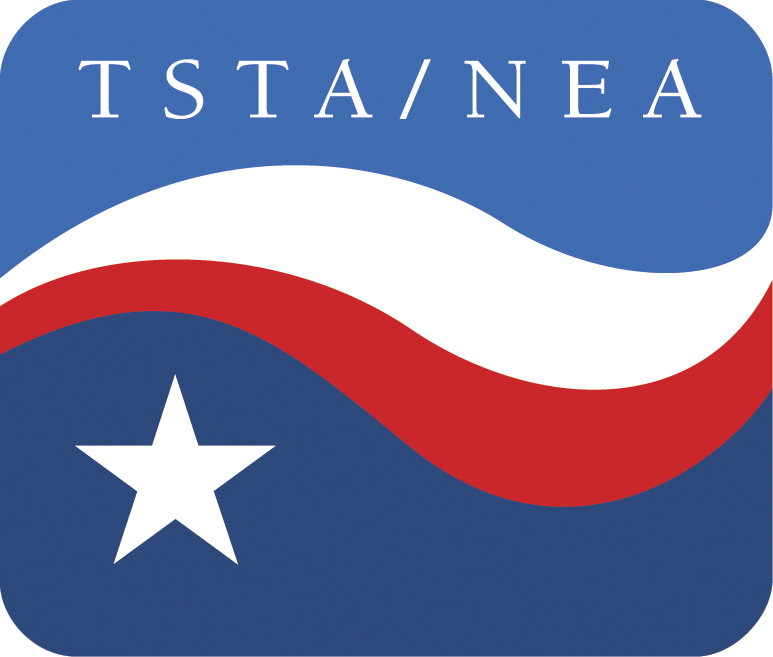TEA Releases 2020-21 attendance and funding guidelines for new virtual options
The Texas Education Agency this week released much-awaited guidance for the upcoming school year on remote instruction as well as attendance and enrollment requirements for virtual options. On a conference call with superintendents, Commissioner Mike Morath said schools will receive the same funding for daily attendance for each student who is taught remotely from home as the district would receive for on-campus instruction, provided attendance is recorded in virtual learning platforms. This could impose some burdensome administrative requirements on educators and school districts because methods for calculating virtual attendance (and subsequent funding) can vary based on the type of instruction.
TEA outlines two methods of remote instruction, synchronous instruction and asynchronous instruction, each with its own attendance framework. Synchronous instruction is most akin to a simulated “on campus” instruction and involves real-time, live two-way instruction between teachers and students on electronic devices. This option will not be available for students in K-2. Asynchronous instruction is much more self-guided for students, who will work through the curriculum and learning materials on their own time with only intermittent interaction with teachers.
Although TEA provides some insight into virtual learning options, the guidance is still vague and many questions remain. It is still unclear whether districts will receive adequate funding to cover the additional costs they could incur. TEA also has delayed publishing guidelines on how on-campus instruction will be safely conducted, protocols for dealing with new COVID-19 outbreaks and whether teachers will have input into whether they will be working remotely or on-campus.
School districts are encouraged to survey stakeholders and use that feedback when determining how to proceed. TEA has released a reflection tool and survey resources for districts to use.
